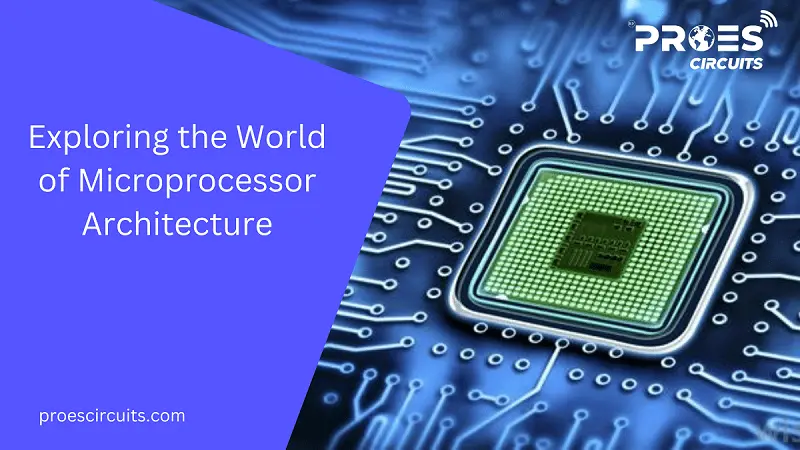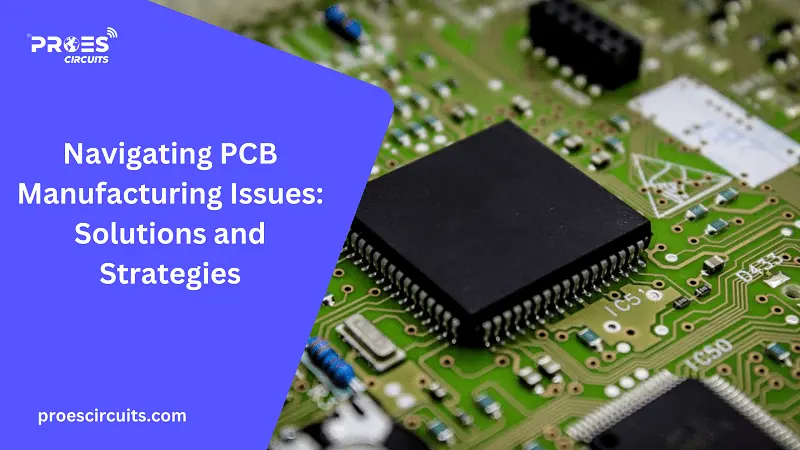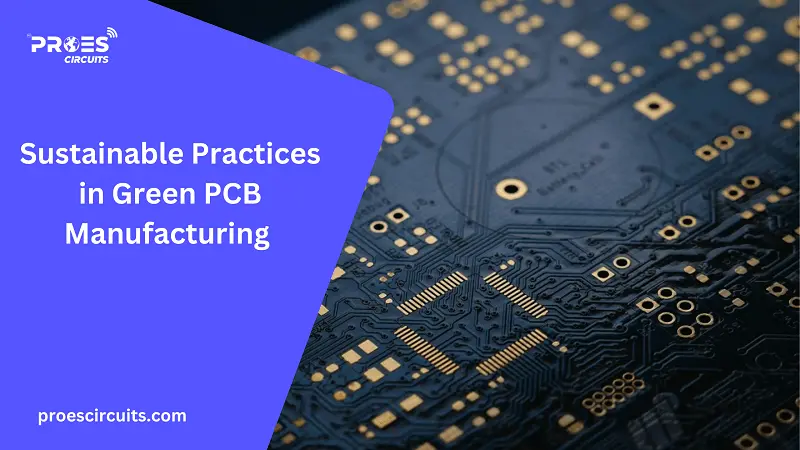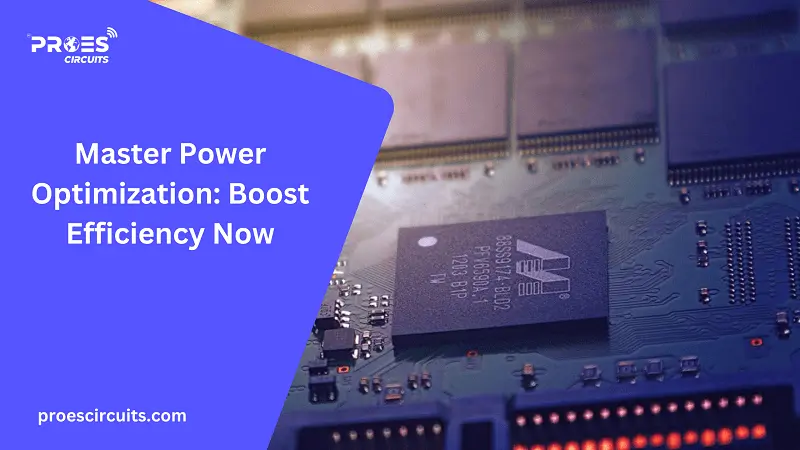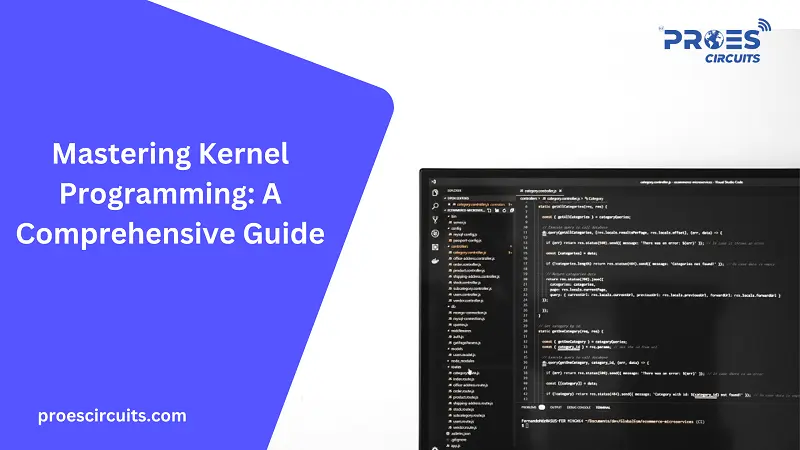Introduction to Microprocessors
The journey of microprocessors began in the early 1970s, marking a revolution in digital computing. The inception occurred when Intel introduced the 4004 processor in 1971, a 4-bit marvel that was the world’s first commercially available microprocessor. This significant advancement paved the way for the development of increasingly powerful and efficient processors, leading to the sophisticated, multicore processors that underpin today’s computers, smartphones, and countless other digital devices.
A microprocessor is essentially a computer processor on a microchip. It’s the engine that goes under the hood of a computer, performing the critical arithmetic, logic, control, and input/output (I/O) operations specified by the instructions in the program. This compact unit, containing millions to billions of tiny transistors, functions as the brain of any computing device, orchestrating its operations by executing a series of stored instructions known as a program.
The evolution of microprocessors has been marked by exponential increases in functional capabilities, a phenomenon often referred to in accordance with Moore’s Law. This empirical observation, made by Intel co-founder Gordon Moore in 1965, predicted that the number of transistors on a microprocessor chip would double approximately every two years, leading to continual increases in performance and decreases in cost per transistor. Over the decades, this trend has enabled the development of microprocessors that are not only more powerful but also more energy-efficient, supporting a wide range of applications from basic calculators to advanced computing systems in aerospace and artificial intelligence technologies.
This introduction sets the stage for a deeper exploration into the architecture of microprocessors, illuminating how these intricate components are designed and how they function to power the digital world.
Basic Architecture of Microprocessors
The architecture of a microprocessor determines how it processes data, communicates with memory, and interacts with input/output devices. Two foundational architectures form the basis of most microprocessors: the Von Neumann Architecture and the Harvard Architecture.
The Von Neumann Architecture, named after mathematician and physicist John von Neumann, features a design where the program data and instruction data are stored in the same memory. This architecture operates under a sequential processing mechanism, meaning it performs operations one after the other. A key characteristic is its use of a single bus for data transfer, which simplifies the design but can lead to a bottleneck known as the “Von Neumann bottleneck.” This occurs because both instruction and data cannot be accessed simultaneously, potentially slowing down the operation.
The Harvard Architecture, by contrast, separates the storage and signal pathways for instructions and data. This means the system can simultaneously access the program instructions and process data, leading to increased efficiency and speed. This architecture is particularly advantageous in systems where pipeline and parallel processing are pivotal, such as digital signal processing.
The choice between these architectures depends on the specific needs and constraints of the application. Von Neumann is widely appreciated for its simplicity and flexibility, making it suitable for general-purpose computing. Harvard Architecture offers performance advantages in scenarios requiring high throughput and real-time processing. Despite these differences, modern microprocessors often incorporate elements of both designs to optimize performance, flexibility, and efficiency, demonstrating the evolving nature of microprocessor architecture in meeting the demands of contemporary computing tasks.
Core Components of a Microprocessors
A microprocessor integrates several critical components, each serving a distinct function, to enable the processing of data and execution of instructions. Understanding these core elements is fundamental to grasping how microprocessors function at a basic level.
Arithmetic Logic Unit (ALU)
The Arithmetic Logic Unit (ALU) is the heart of the microprocessor, responsible for performing all arithmetic and logical operations. These operations include basic arithmetic functions like addition and subtraction, as well as logical operations such as AND, OR, NOT, and XOR. The ALU also plays a crucial role in comparison operations, which are essential for decision-making processes within a computer program.
Control Unit (CU)
The Control Unit (CU) orchestrates the fetching, decoding, and execution of instructions from the computer’s memory. It acts as a conductor, directing the operation of the processor and its interaction with other components of the system. By generating timing signals and controlling the flow of data between the microprocessor and memory, the CU ensures that all parts of the system operate in harmony.
Registers and Their Types
Registers are small, fast storage locations directly within the microprocessor used to hold temporary data and instructions. They play a critical role in the execution of programs, enhancing the processor’s speed and efficiency. Registers come in various types, including general-purpose registers, which store data and addresses; special-purpose registers, which have specific functions like the Program Counter (PC) and Stack Pointer (SP); and status registers, which hold flags indicating the outcome of operations or the state of the processor.
Memory Management (RAM vs. ROM)
Memory management is a vital aspect of microprocessor operation, involving both Random Access Memory (RAM) and Read-Only Memory (ROM). RAM is volatile memory used for temporarily storing data and program instructions during execution, allowing for read and write operations. In contrast, ROM is non-volatile memory that permanently stores critical boot and system initialization instructions, readable but not writable under normal operation. The interplay between RAM and ROM ensures a balance between the flexibility of data manipulation and the stability of essential program operations.
These components collectively define the functional capabilities of a microprocessor, enabling the complex processes that drive modern computing devices.
Microprocessor Operations and Processing
The efficiency and speed at which a microprocessor operates hinge on a set of fundamental processes that govern its operation. These include the instruction cycle, pipelining, and the handling of interrupts, each crucial for the smooth and efficient execution of tasks.
Instruction Cycle (Fetch, Decode, Execute)
The instruction cycle is the basic operational process of a microprocessor and can be broken down into three primary steps: fetch, decode, and execute. The fetch step involves retrieving an instruction from the memory. This instruction is then decoded to understand what operation is required. Finally, the execute step carries out the instruction, which may involve performing an arithmetic operation, moving data, or testing a condition. This cycle is continuously repeated, allowing the microprocessor to perform complex tasks by executing a series of simple instructions in rapid succession.
Pipelining and Its Importance
Pipelining is a technique that increases the instruction throughput of a microprocessor by executing multiple steps of different instructions simultaneously. Think of it as an assembly line in a factory, where different stages of production happen at once, each on different products. In microprocessor terms, while one instruction is being decoded, another can be fetched from memory, and a third can be executed. This overlap ensures that the processor is always working, significantly increasing the speed at which a sequence of instructions can be processed.
Interrupts and Handling
Interrupts are signals sent to the processor that temporarily halt the current operations, requiring immediate attention. They can be generated by hardware or software to indicate events such as input/output requests, errors, or a need for system resources. Efficient handling of interrupts is crucial, as it allows the microprocessor to respond to real-time events without significant delays. Upon receiving an interrupt, the microprocessor saves its current state, processes the interrupt request, and then resumes its previous tasks, ensuring a seamless operation.
These operational mechanisms are foundational to the functionality of microprocessors, enabling them to manage complex tasks and processes efficiently.
Types of Microprocessors
Microprocessors can be categorized based on their architecture, instruction set complexity, and application specificity. Understanding these distinctions is essential in appreciating the diverse computing solutions they offer.
CISC (Complex Instruction Set Computing) vs. RISC (Reduced Instruction Set Computing)
CISC and RISC represent two fundamental approaches to microprocessor design. CISC architectures feature a wide array of instructions aiming to perform complex tasks in as few lines of assembly code as possible. This approach simplifies software development but requires more intricate hardware to interpret and execute the instructions. RISC, on the other hand, simplifies the hardware by using a limited set of simple instructions that can be executed rapidly. This design philosophy promotes faster processing speeds and efficiency at the expense of potentially more complex software development.
Application-Specific Integrated Circuits (ASICs)
ASICs are microprocessors designed for a particular use, rather than intended for general-purpose computing. These chips are optimized to perform their specific tasks more efficiently than a general-purpose processor, offering significant improvements in speed and power consumption for particular applications, such as digital signal processing or cryptocurrency mining.
Digital Signal Processors (DSPs)
DSPs are specialized microprocessors designed for the high-speed processing of analog and digital signals. They are optimized for operations such as Fast Fourier Transforms (FFTs), filtering, and data compression, playing critical roles in audio and video processing, telecommunications, and real-time data analysis.
These varied types of microprocessors underscore the adaptability and specificity of computing technologies to meet the demands of different applications and industries.
Advanced Microprocessor Technologies
The relentless pursuit of increased computational power and efficiency has driven the evolution of advanced microprocessor technologies. Among these, multi-core processing and nanotechnology stand out for their transformative impacts on computing capabilities and potential.
Multi-core and Parallel Processing
Multi-core microprocessors integrate multiple processing units (cores) on a single chip, allowing for parallel processing of tasks. This architecture significantly enhances performance and energy efficiency, as it enables simultaneous execution of multiple instructions. Parallel processing exploits the power of these cores, distributing tasks across them to accelerate computational tasks, from rendering high-definition videos to executing complex scientific simulations. This approach not only improves throughput but also enhances the ability to handle multitasking and demanding applications.
Nanotechnology in Microprocessors
Nanotechnology has played a pivotal role in the miniaturization and performance enhancement of microprocessors. By fabricating components at the nanoscale, manufacturers have been able to pack billions of transistors into increasingly smaller chips, following Moore’s Law. This reduction in size has a profound effect on speed and power consumption, as electrons have shorter distances to travel and the chips can operate at lower voltages. Nanotechnology continues to push the boundaries of what’s possible, enabling the creation of microprocessors that are not only more powerful but also more energy-efficient, opening new horizons for computing across all domains.
These advancements underscore the dynamic nature of microprocessor technology, highlighting the continuous innovation that drives the computing industry forward.
Conclusion and Future Trends
Throughout this exploration of microprocessor architecture, we’ve delved into the foundational elements that define their operation, from the basic architectural principles to the core components that enable their functionality. We’ve seen how the evolution from CISC to RISC architectures and the development of specialized processors like ASICs and DSPs have tailored computing power to specific needs. The introduction of multi-core processing and the application of nanotechnology have further pushed the boundaries of what microprocessors can achieve, offering unprecedented levels of performance and efficiency.
Looking ahead, the future of microprocessors is poised to be shaped by several emerging trends. Quantum computing presents a paradigm shift, promising to exponentially increase processing power by leveraging the principles of quantum mechanics. Additionally, the integration of artificial intelligence (AI) within microprocessor design is set to enhance computational capabilities, making devices smarter and more autonomous. As the Internet of Things (IoT) continues to expand, the demand for low-power, high-performance microprocessors will grow, driving further innovation in processor efficiency and application-specific designs.
In conclusion, the journey of microprocessor development is far from over. The coming years will likely witness continued advancements that will further transform the landscape of computing, heralding new technologies and applications yet to be imagined.

